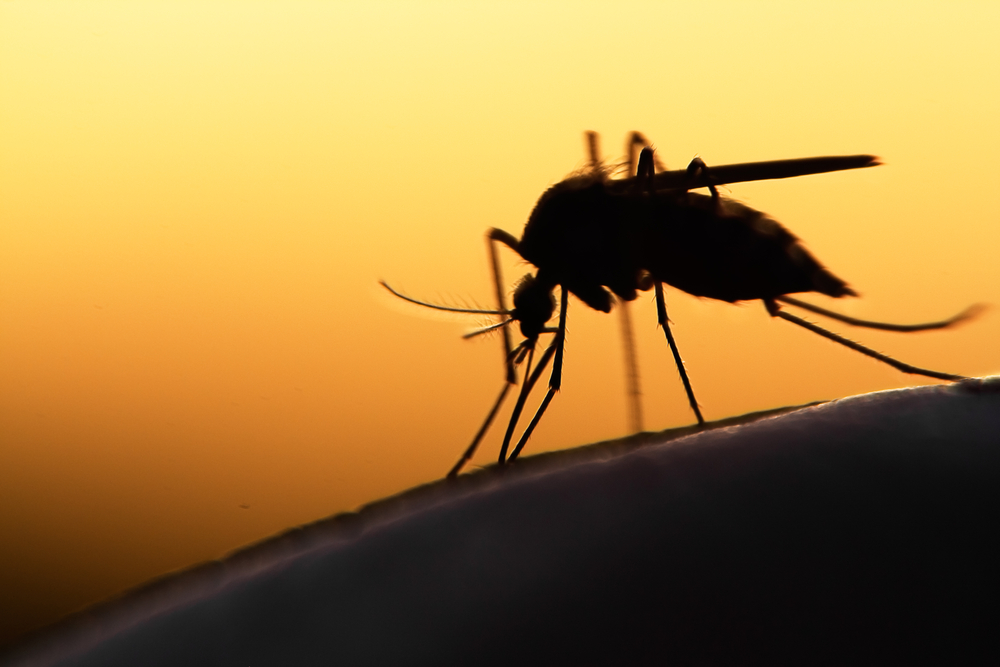
Marking a milestone in the fight against vector-borne diseases, the International Atomic Energy Agency (IAEA) successfully released radiation-sterilized mosquitoes from drones in Brazil last as part of ongoing efforts to control mosquito populations there.
IAEA, the Food and Agriculture Organization of the United Nations (FAO), and Swiss-American nonprofit WeRobotics began pioneering the Sterile Insect Technique (SIT) to control mosquito populations last year. Healthy, radiation-sterilized male mosquitoes are released into the wild to mate with females. Because the breeding doesn’t produce offspring, populations decline over time.
“The release mechanism for mosquitos has until now been a bottleneck in the application of SIT to control human diseases,” Jeremy Bouyer, a medical entomologist at the Joint FAO/IAEA Division of Nuclear Techniques in Food and Agriculture, said. “The use of drones is a breakthrough, and paves the way for large-scale and cost-efficient releases, also over densely populated areas.”
Previously, the sterile mosquitoes were released from the ground using a labor and time intensive method. The new drone application method, however, can be used to treat up to 20 hectares in five minutes, Bouyer said.
“The biggest challenge in designing this mechanism was keeping the mosquitos healthy and competitive while transporting and releasing them at cool temperatures” Adam Klaptocz, co-founder of WeRobotics, said. “We’re pleased with initial tests that show less than 10 percent mortality through the entire chilling, transport, and aerial release process.”
Each drone can carry 50,000 sterile mosquitoes per flight, which can cut the costs of releasing the mosquitoes in half, Bouyer said. As a result, Brazilian officials plan to use the drone application method in January 2019, which marks the peak of the summer mosquito season.
“We are hopeful about the application of SIT for the control of Aedes aegypti in Brazil with the results from the drone tests,” said Jair Virginio, director of Brazil-based Moscamed, an IAEA partner.
While SIT has been used to control populations of the Mediterranean fruit fly and other pests for a half century. The Zika epidemic in Brazil and Latin America from 2015-2016 led to ongoing efforts to use SIT to control mosquito populations.




